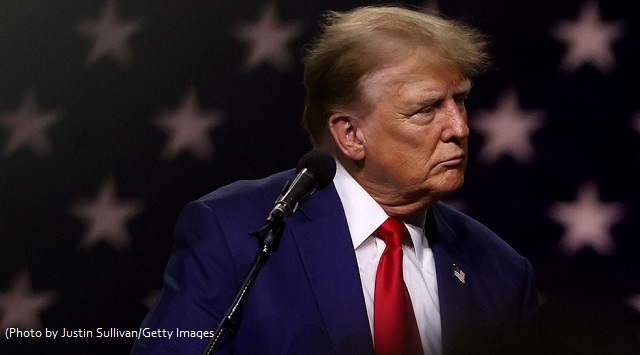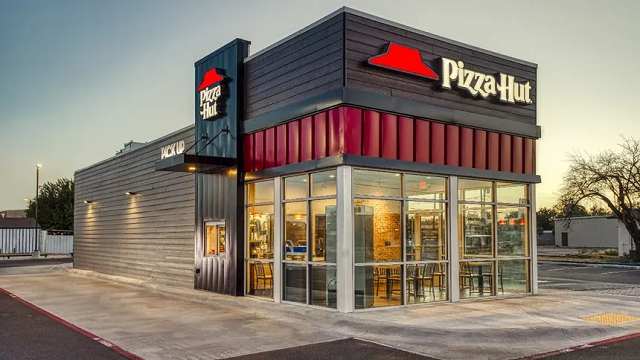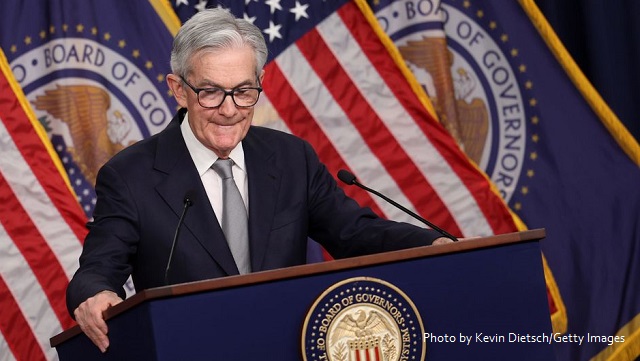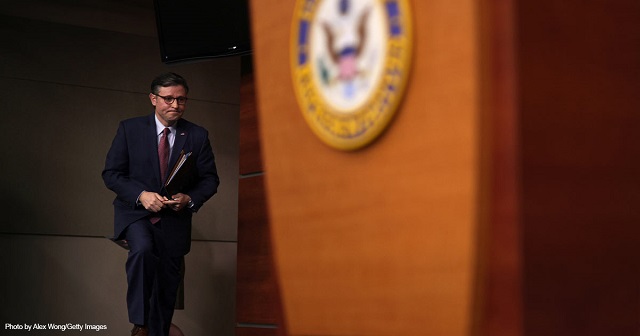Inflation Soars As High Prices Continue To Squeeze Americans
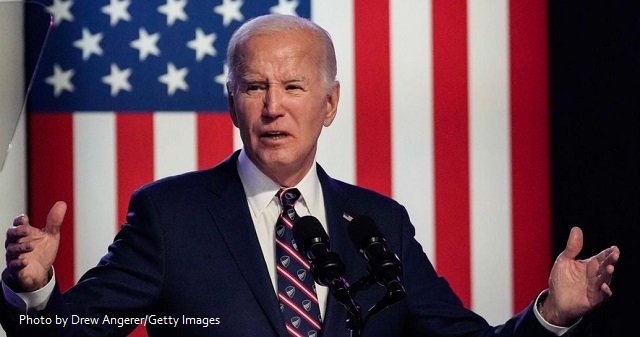
Inflation rose year-over-year in December, even as the Federal Reserve projects interest rate cuts by the end of the year, according to the latest Bureau of Labor Statistics (BLS) release on Tuesday.
The consumer price index (CPI), a broad measure of the prices of everyday goods, increased 3.4% on an annual basis in December and 0.3% month-over-month, compared to 3.1% year-over-year in November and above expectations of 3.2%, according to the BLS. Core CPI, which excludes the volatile categories of energy and food, remained high, rising 3.9% year-over-year in October, compared to 4.0% in November.
Inflation rose year-over-year in December, even as the Federal Reserve projects interest rate cuts by the end of the year, according to the latest Bureau of Labor Statistics (BLS) release on Tuesday.
The consumer price index (CPI), a broad measure of the prices of everyday goods, increased 3.4% on an annual basis in December and 0.3% month-over-month, compared to 3.1% year-over-year in November and above expectations of 3.2%, according to the BLS. Core CPI, which excludes the volatile categories of energy and food, remained high, rising 3.9% year-over-year in October, compared to 4.0% in November.
“It was unseasonably warm in December, which boosted gasoline prices enough to send the monthly headline number up a bit,” Peter Earle, economist at the American Institute for Economic Research, told the Daily Caller News Foundation. “Disinflation is continuing, but the last percent or two down to the Fed’s target range are going to be tougher to nail down.”
Shelter contributed the most to the monthly gain, with prices rising by 0.5% for the month and 6.2% for the year, according to the BLS. Prices for energy rose 0.4% for the month, reversing the trend of declining energy prices that stands at -2% for the year.
Prices for motor vehicle insurance continued to trend up, rising 1.5% in the month following an increase of 1% in November, according to the BLS. The index for food also had a similar increase in November of 0.2%, totaling 2.7% year-over-year.
“It was unseasonably warm in December, which boosted gasoline prices enough to send the monthly headline number up a bit,” Peter Earle, economist at the American Institute for Economic Research, told the Daily Caller News Foundation. “Disinflation is continuing, but the last percent or two down to the Fed’s target range are going to be tougher to nail down.”
Shelter contributed the most to the monthly gain, with prices rising by 0.5% for the month and 6.2% for the year, according to the BLS. Prices for energy rose 0.4% for the month, reversing the trend of declining energy prices that stands at -2% for the year.
Prices for motor vehicle insurance continued to trend up, rising 1.5% in the month following an increase of 1% in November, according to the BLS. The index for food also had a similar increase in November of 0.2%, totaling 2.7% year-over-year.
Small business optimism ticks up in Dec but remains very depressed and well below its long-run average; earnings have been getting crushed and remain way below pre-pandemic level; firms continue planning higher-than-average price increases to make up lost ground: pic.twitter.com/Y3drlIMtbM
— E.J. Antoni, Ph.D. (@RealEJAntoni) January 10, 2024
The current rate of inflation stands in contrast to the Fed’s target rate of 2%, which it aims to achieve through its use of its federal funds rate, which it has set in a range of 5.25% and 5.50%, the highest point in 22 years, in response to soaring inflation under President Joe Biden, which peaked at 9.1% in June 2022. In their last Federal Open Market Committee meeting, a median of Fed governors estimated that the federal funds rate would be around 4.6% by the end of the year, indicating around three rate cuts.
The CPI report comes less than a week after the BLS announced that the economy added 216,000 nonfarm payroll jobs in December, despite revising the number of jobs down in October and November by a collective 71,000. In total, the number of jobs was revised down by 749,000 in 2023, around one-quarter of those initially announced.
“Right now, the Fed is projecting three rate cuts in 2024, while futures are suggesting five or six,” Earle told the DCNF. “I think that as long as the general price level keeps falling, the Fed will stick to its 75 [basis point] cutting plan. But if we get clearer signs of a slowdown in the late spring and early summer, we may indeed see four or five cuts this year.”
AUTHOR
WILL KESSLER
Contributor.
RELATED ARTICLE: Banks Making Easy Money Off Crisis Gov’t Program Designed To Bail Them Out
EDITORS NOTE: This Daily Caller column is republished with permission. ©All rights reserved.
All content created by the Daily Caller News Foundation, an independent and nonpartisan newswire service, is available without charge to any legitimate news publisher that can provide a large audience. All republished articles must include our logo, our reporter’s byline and their DCNF affiliation. For any questions about our guidelines or partnering with us, please contact licensing@dailycallernewsfoundation.org.



